Chlorpropham
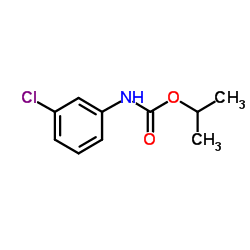
Chlorpropham structure
|
Common Name | Chlorpropham | ||
|---|---|---|---|---|
| CAS Number | 101-21-3 | Molecular Weight | 213.661 | |
| Density | 1.2±0.1 g/cm3 | Boiling Point | 251.1±23.0 °C at 760 mmHg | |
| Molecular Formula | C10H12ClNO2 | Melting Point | 41°C | |
| MSDS | Chinese USA | Flash Point | 105.7±22.6 °C | |
| Symbol |



GHS07, GHS08, GHS09 |
Signal Word | Warning | |
Use of ChlorprophamChlorpropham is a carbamate herbicide and plant growth regulator. Chlorpropham inhibits mitosis and cell division by interfering with the organisation of the spindle microtubules[1][2]. |
| Name | chlorpropham |
|---|---|
| Synonym | More Synonyms |
| Description | Chlorpropham is a carbamate herbicide and plant growth regulator. Chlorpropham inhibits mitosis and cell division by interfering with the organisation of the spindle microtubules[1][2]. |
|---|---|
| Related Catalog | |
| In Vitro | Chlorpropham (1-20 μM; 6 d) inhibits cell division of D. salina cultures[2]. Chlorpropham (10 or 20 μM; 6 d) shows increasement of phytoene in D. salina cultures under red LED light[2]. |
| Density | 1.2±0.1 g/cm3 |
|---|---|
| Boiling Point | 251.1±23.0 °C at 760 mmHg |
| Melting Point | 41°C |
| Molecular Formula | C10H12ClNO2 |
| Molecular Weight | 213.661 |
| Flash Point | 105.7±22.6 °C |
| Exact Mass | 213.055649 |
| PSA | 38.33000 |
| LogP | 3.49 |
| Vapour Pressure | 0.0±0.5 mmHg at 25°C |
| Index of Refraction | 1.561 |
| Water Solubility | 0.009 g/100 ml very poor |
CHEMICAL IDENTIFICATION
HEALTH HAZARD DATAACUTE TOXICITY DATA
MUTATION DATA
|
| Symbol |



GHS07, GHS08, GHS09 |
|---|---|
| Signal Word | Warning |
| Hazard Statements | H302-H351-H373-H411 |
| Precautionary Statements | P273-P301 + P312 + P330-P391-P501 |
| Personal Protective Equipment | dust mask type N95 (US);Eyeshields;Gloves |
| Hazard Codes | Xn: Harmful;N: Dangerous for the environment;F: Flammable; |
| Risk Phrases | R22 |
| Safety Phrases | S61-S36/37-S26 |
| RIDADR | UN 3077 9/PG 3 |
| WGK Germany | 2 |
| RTECS | FD8050000 |
| Packaging Group | I; II; III |
| Hazard Class | 6.1 |
| HS Code | 2924299035 |
|
~94% 
Chlorpropham CAS#:101-21-3 |
| Literature: Ren, Long; Jiao, Ning Chemical Communications, 2014 , vol. 50, # 28 p. 3706 - 3709 |
|
~85% 
Chlorpropham CAS#:101-21-3 |
| Literature: Yang, Xinye; Zhang, Yihua; Ma, Dawei Advanced Synthesis and Catalysis, 2012 , vol. 354, # 13 p. 2443 - 2446,4 |
|
~% 
Chlorpropham CAS#:101-21-3 |
| Literature: Chemical Communications, , vol. 50, # 28 p. 3706 - 3709 |
| Precursor 6 | |
|---|---|
| DownStream 5 | |
| HS Code | 2924299035 |
|---|---|
| Summary | 2924299035 2-chlorobenzaldehyde。supervision conditions:s(import or export registration certificate for pesticides)。VAT:17.0%。tax rebate rate:9.0%。MFN tarrif:6.5%。general tariff:30.0% |
|
[Survey of pesticide residues in imported frozen vegetables and fruits (1989.4~2008.3)].
Shokuhin Eiseigaku Zasshi 52(2) , 121-9, (2011) A survey of pesticide residues in 595 imported frozen products on the Tokyo market from April 1989 to March 2008 was carried out. Forty three kinds of pesticides, including organophosphorus, organochl... |
|
|
Mining biologically-active molecules for inhibitors of fatty acid amide hydrolase (FAAH): Identification of phenmedipham and amperozide as FAAH inhibitors
Bioorg. Med. Chem. Lett. 19 , 6793-6, (2009) The screening of known medicinal agents against new biological targets has been shown to be a valuable approach for revealing new pharmacology of marketed compounds. Recently, carbamate, urea and keto... |
|
|
The sprout inhibitors chlorpropham and 1,4-dimethylnaphthalene elicit different transcriptional profiles and do not suppress growth through a prolongation of the dormant state.
Plant Mol. Biol. 73(1-2) , 181-9, (2010) Chlorpropham (CIPC) and 1,4-dimethylnapthalene (DMN) are used to control postharvest sprouting of potato tubers. CIPC alters microtubule structure and function resulting in inhibition of cell division... |
| Chlorpropham |
| chlor-IPC |
| 1-methylethyl (3-chlorophenyl)carbamate |
| MFCD00037108 |
| isopropyl 3-chlorocarbanilate |
| Carbamic acid, N-(3-chlorophenyl)-, 1-methylethyl ester |
| propan-2-yl (3-chlorophenyl)carbamate |
| propan-2-yl N-(3-chlorophenyl)carbamate |
| EINECS 202-925-7 |
| Isopropyl m-chlorocarbanilate |
| Bud Nip |
| Taterpex |
| Isopropyl (3-chlorophenyl)carbamate |
| 1-methylethyl N-(3-chlorophenyl)carbamate |


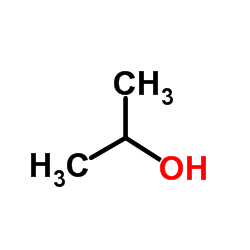
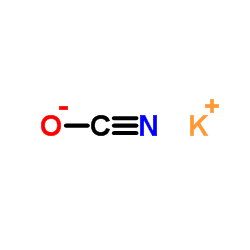
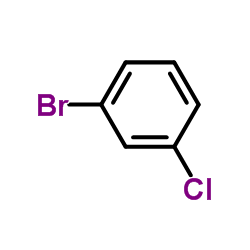
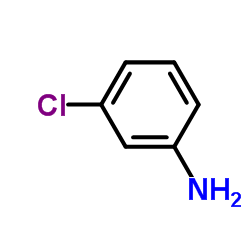
 CAS#:1746-77-6
CAS#:1746-77-6 CAS#:27898-06-2
CAS#:27898-06-2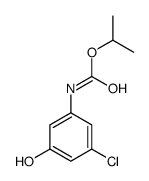 CAS#:34061-87-5
CAS#:34061-87-5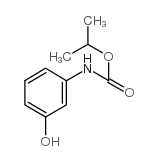 CAS#:2610-61-9
CAS#:2610-61-9
